In 2015 McLaren F1 created the X1 Concept F1 car. The design was supposed to be a look into the future of the sport. Now the Woking-based firm has updated the design, called the McLaren X2 for 2018.
Dramatic looks
The McLaren X2 looks even more dramatic than its predecessor, painted as it is in McLaren’s signature papaya orange.
A covered canopy, to ensure pilot safety, is a far neater and better-looking solution than the current halo device. Covered wheels and massive wings give you just an indication of the cars performance potential.
Under the engine cover
McLaren foresees such a car utilising an advanced powertrain system with a large electrical component. Instead of carrying large batteries the X2 could receive additional recharging by using inductive coupling built into the track, similar to your Scalextric slot-car racing set
The X2 would use ‘thin batteries’ fully integrated into the crash structure, storing energy from the hybrid and solar systems.
Catch the McLaren Senna in action by clicking here.
Solar power
Seamlessly mounted beside the painted bodywork, the X2 uses surface-mounted solar cells as a regenerative energy source. This could supplement existing onboard systems, or deployed as a boost option.
By and large F1 races take place in excellent weather conditions, so why not capitalise on the sun’s power.
Active grip
In a step back to the early 1990s, McLaren recommends that surface of the car’s wings could be moved electronically, enabling downforce for cornering, and a slipperier shape for the straights.
Not only would this make the cars more energy efficient, but also far more dramatic to watch as cornering and straight-line speeds would increase dramatically.
The X2’s ground-effect floor features two huge venturi tunnels to create a massively powerful aerodynamic effect which will improve the prospects for overtaking.
Driver safety
Real-time driver and car monitoring would analyze the driver’s movements, checking fatigue levels and automatically adjusting settings in the car to account for that.
A separate system would also monitor tyre wear, enabling engineers to live-monitor tyre data to predict dangerous de-lamination before it occurs.
Find more in-depth info at this link.

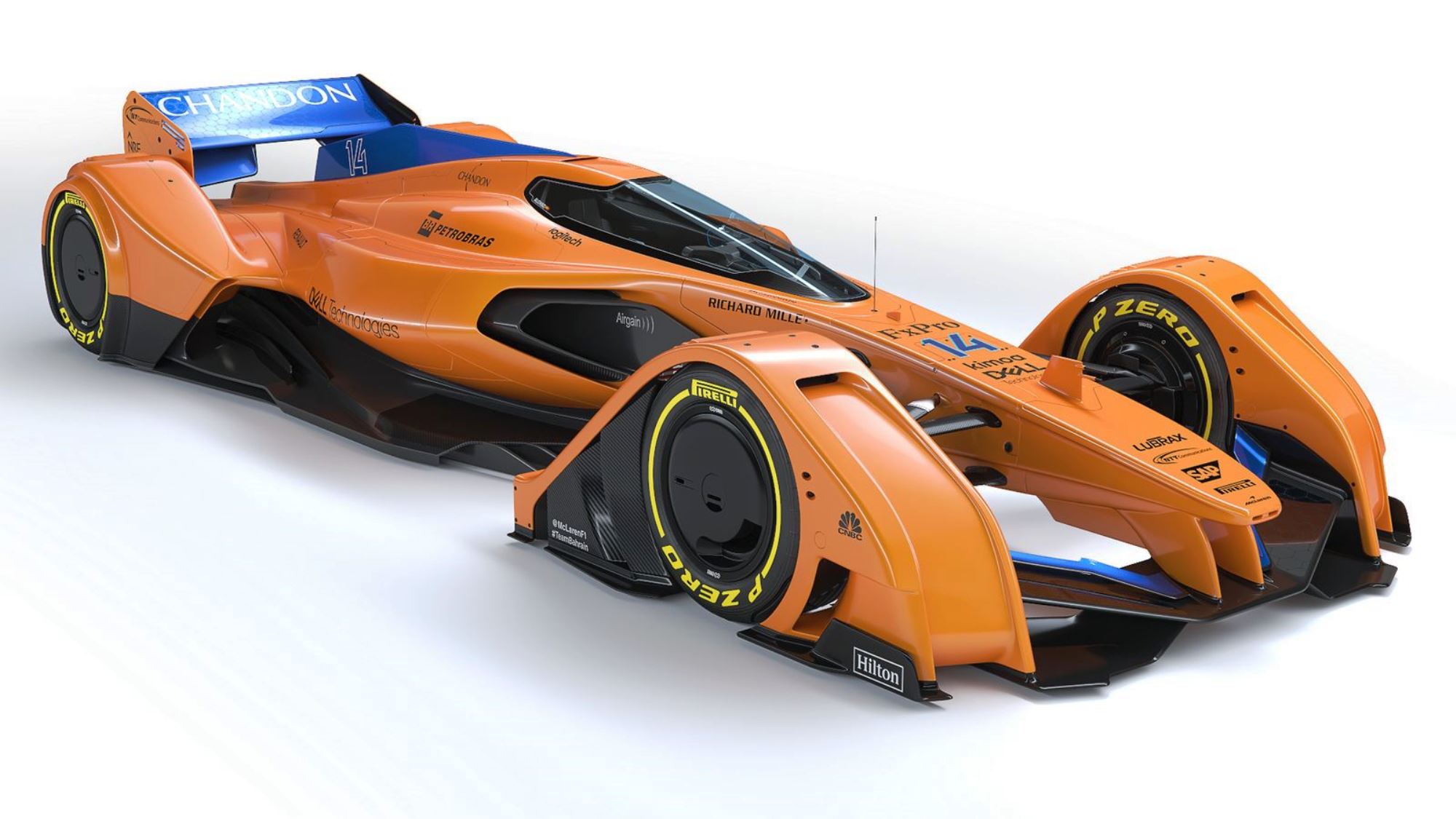
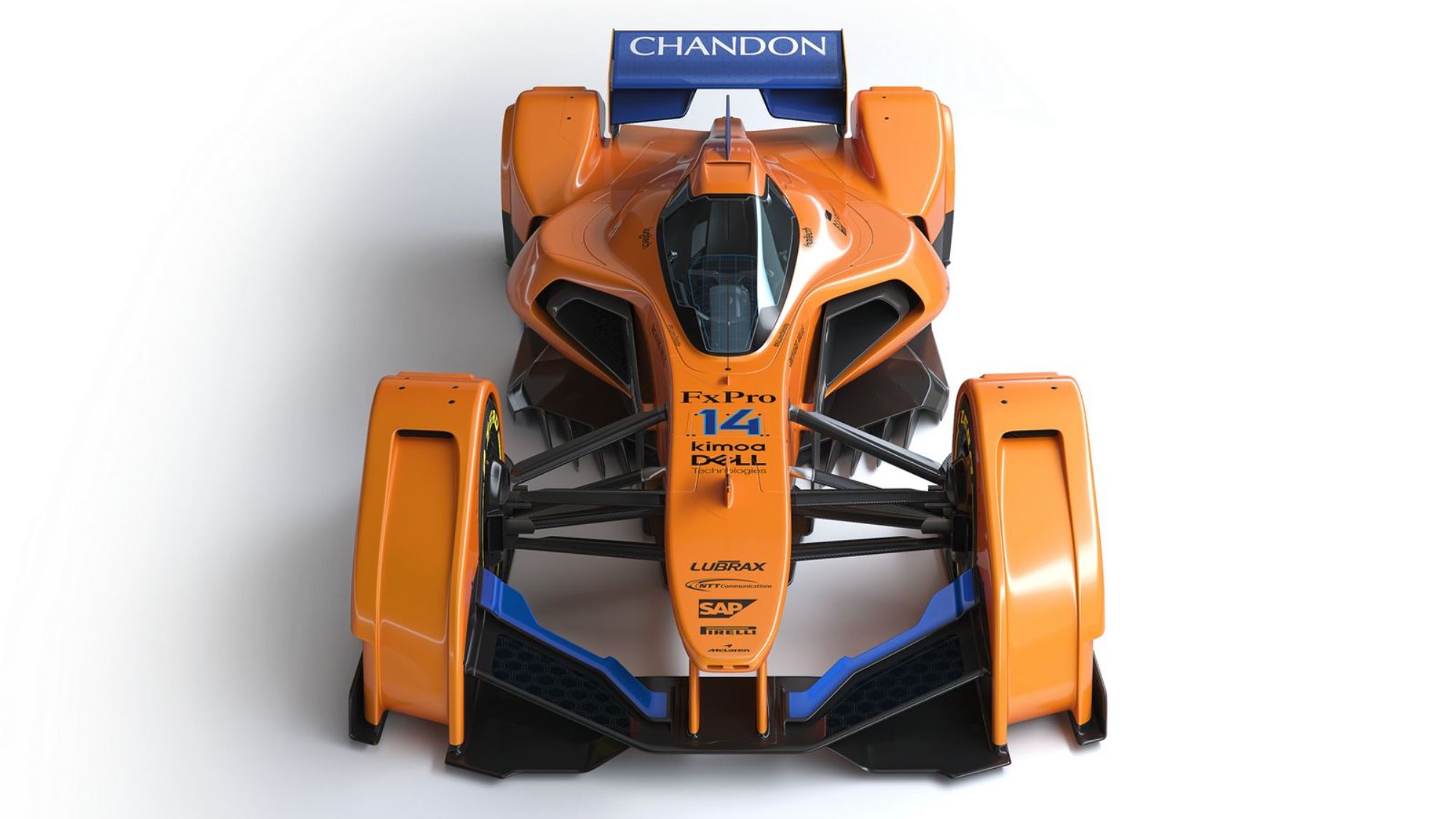
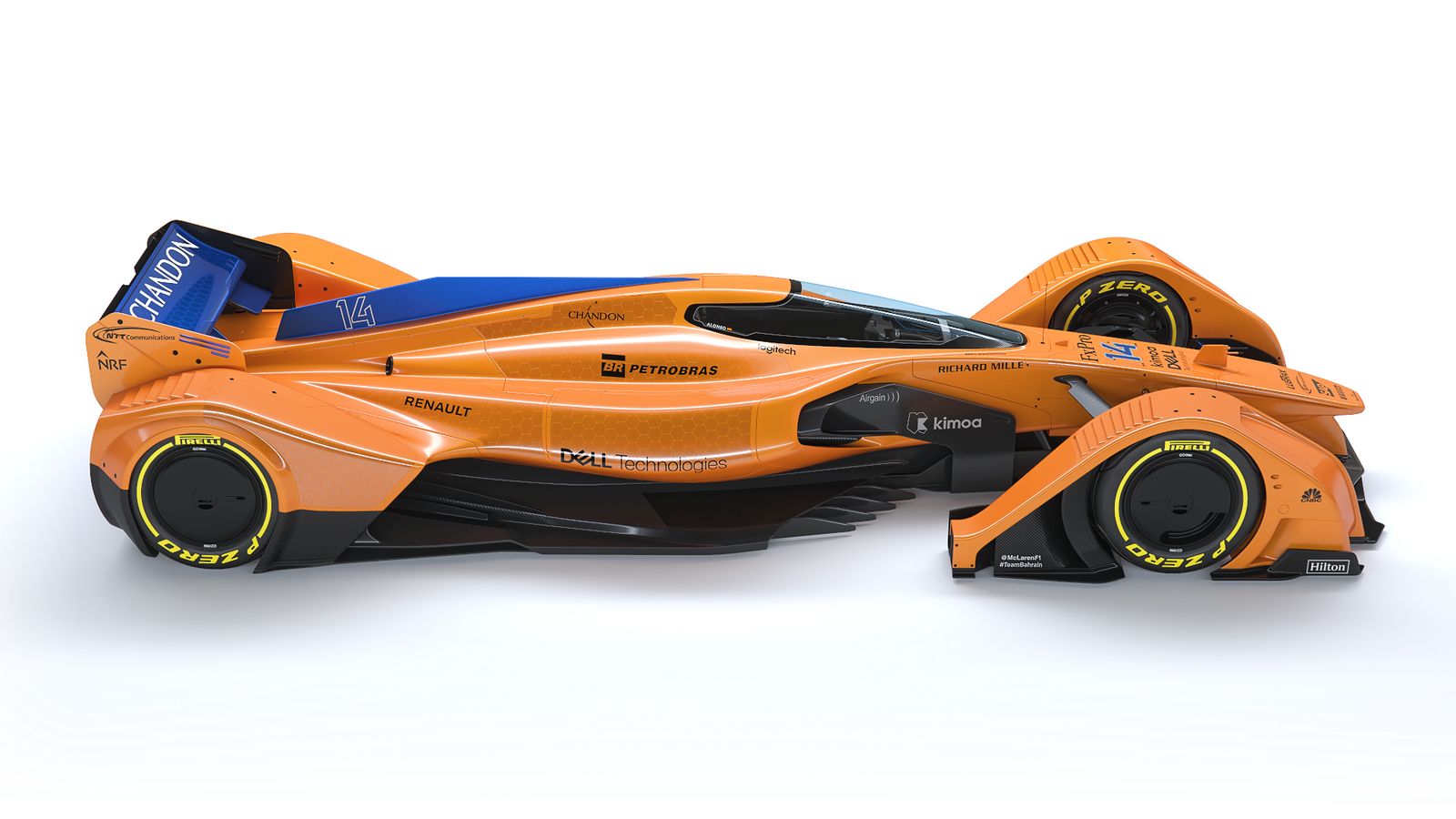

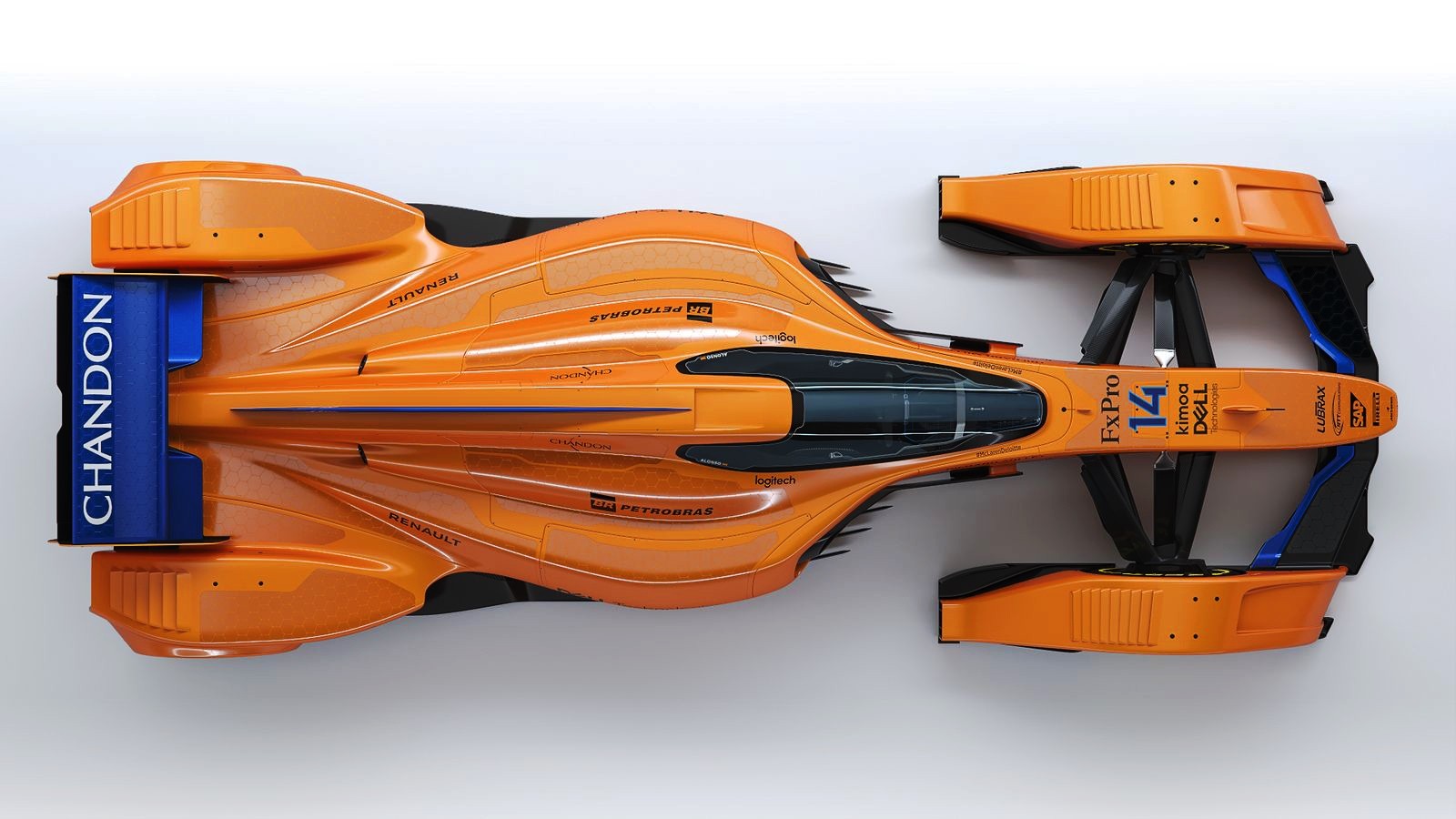

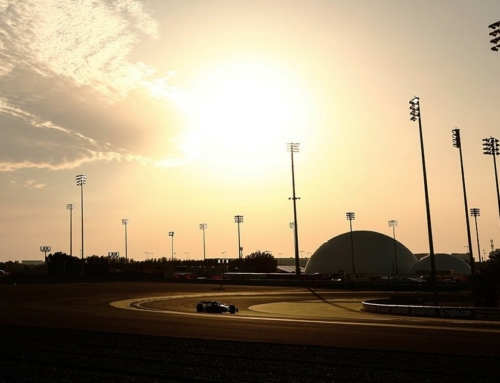
![2024 Formula One Cars [Gallery]](https://doubleapex.co.za/wp-content/uploads/2024/02/mclaren-mcl38-500x383.jpg)

Leave A Comment